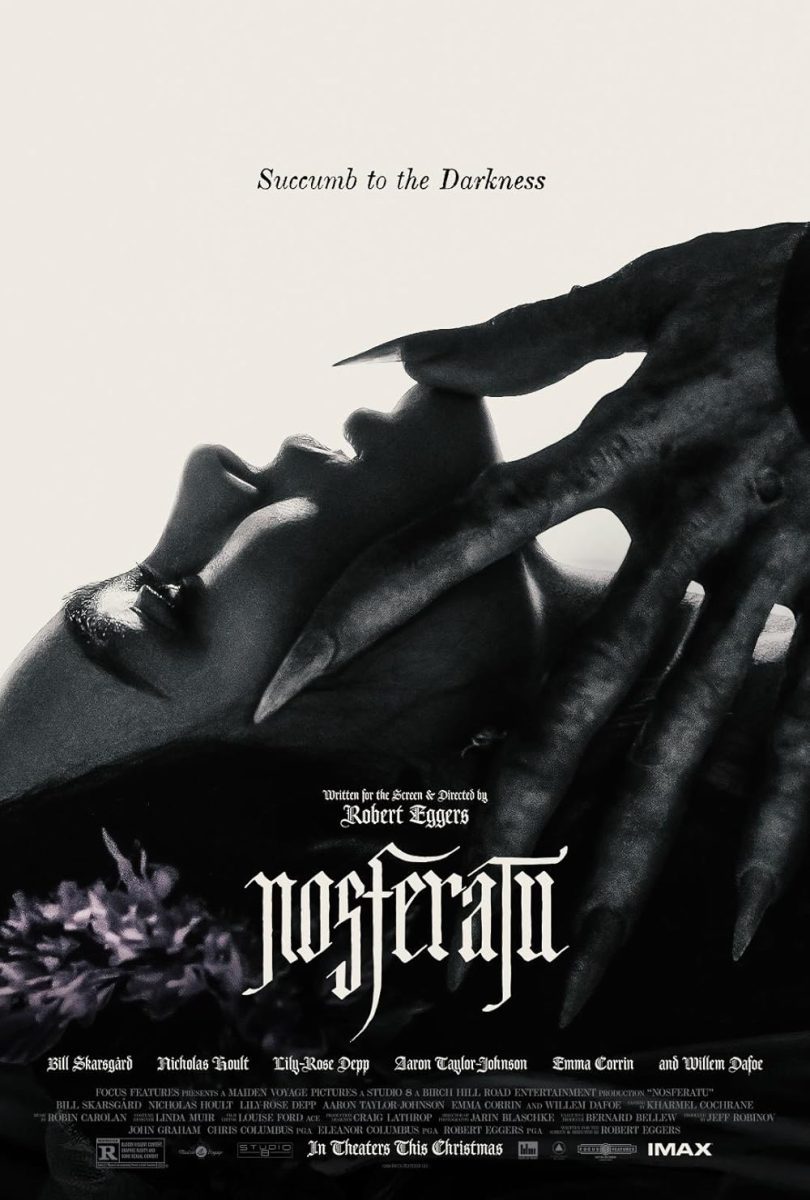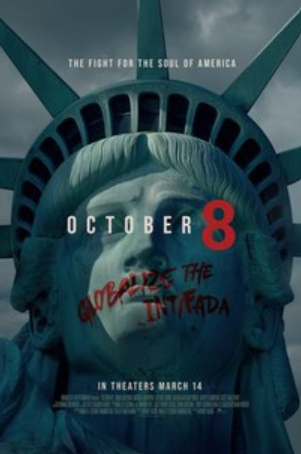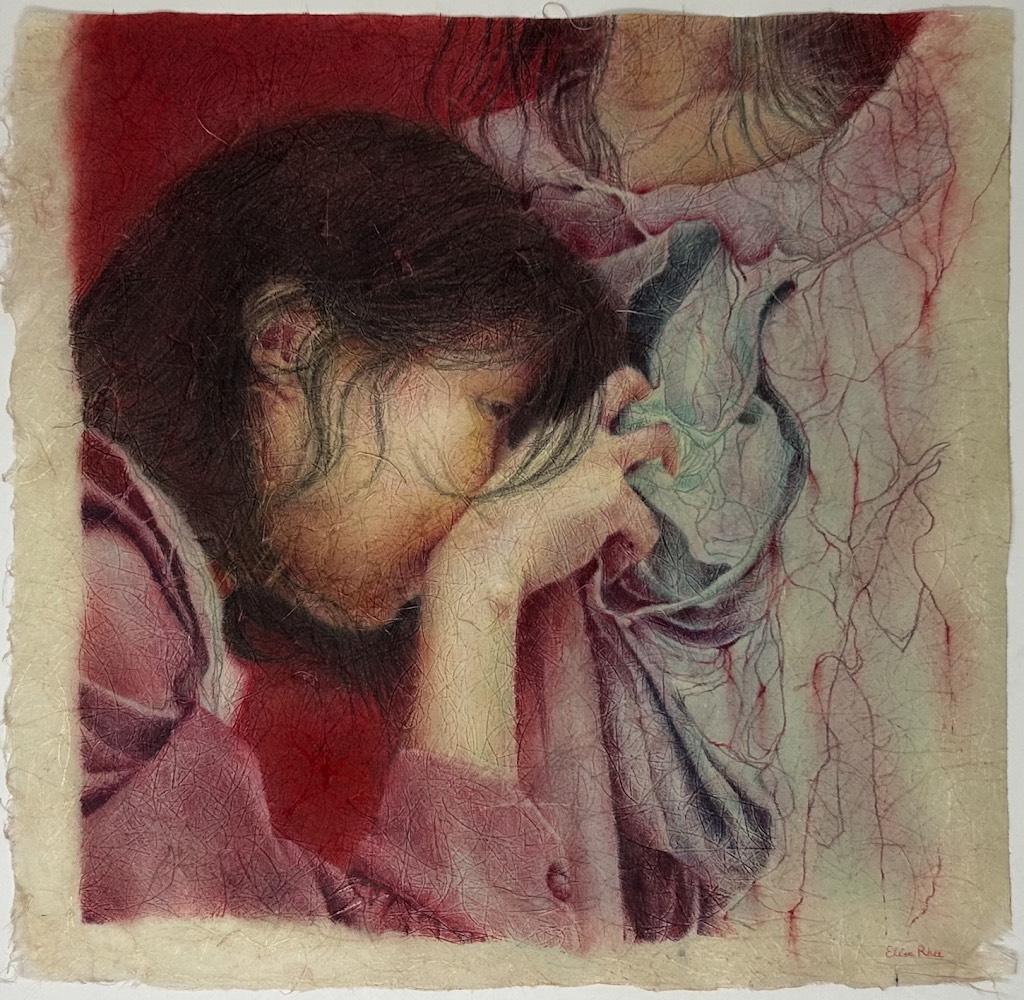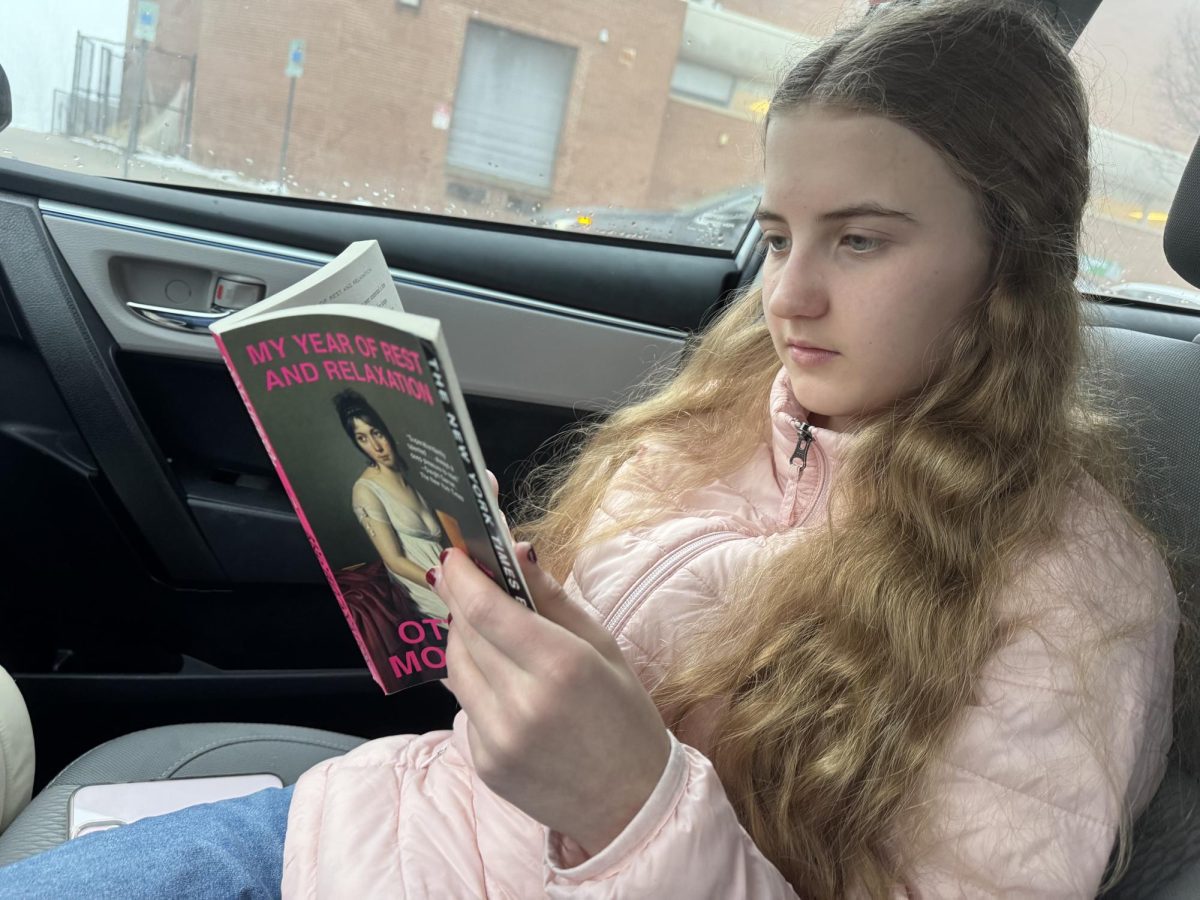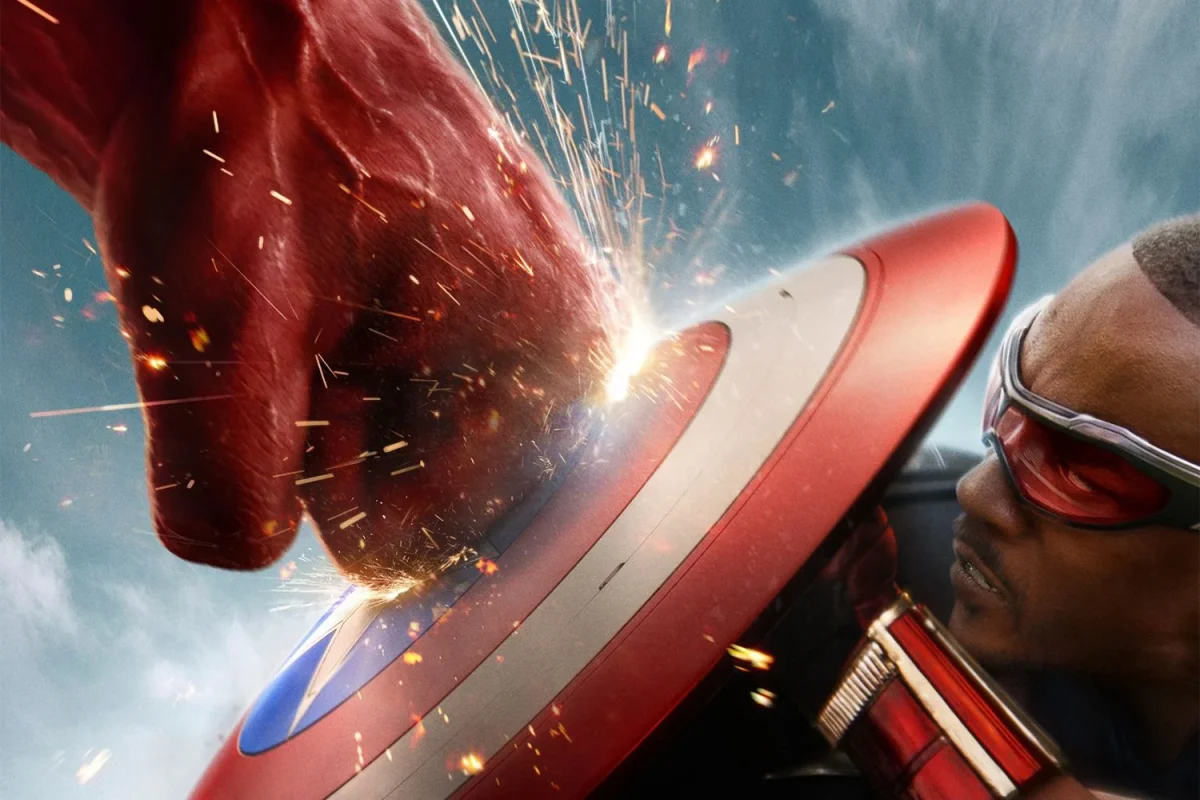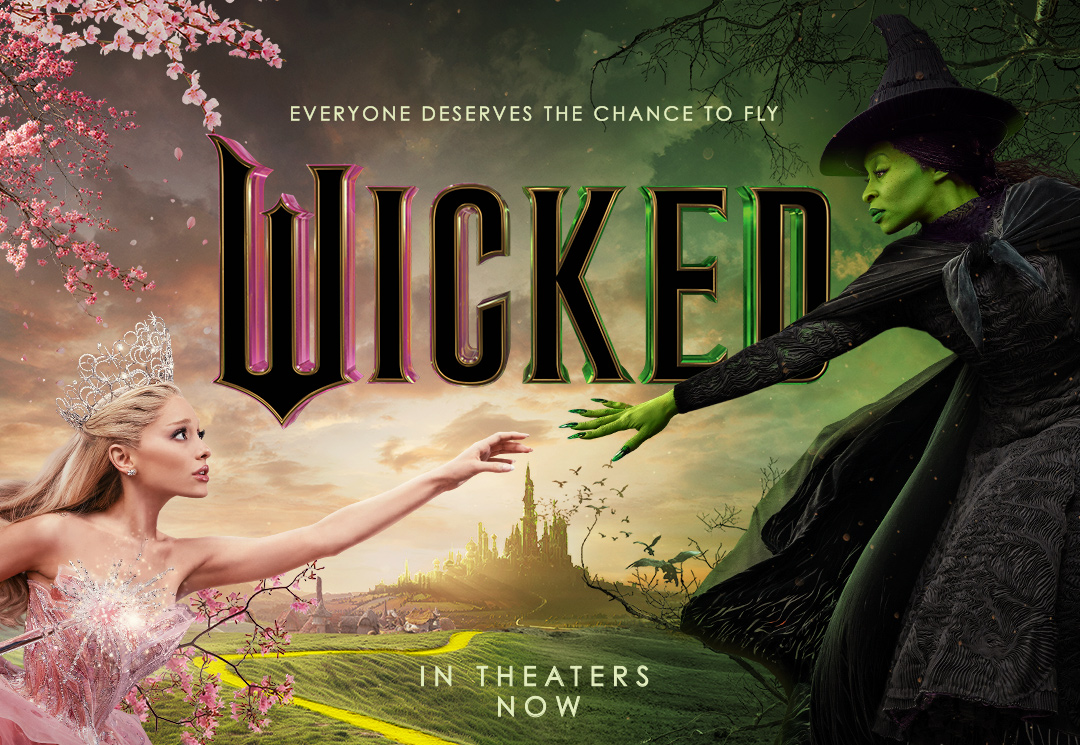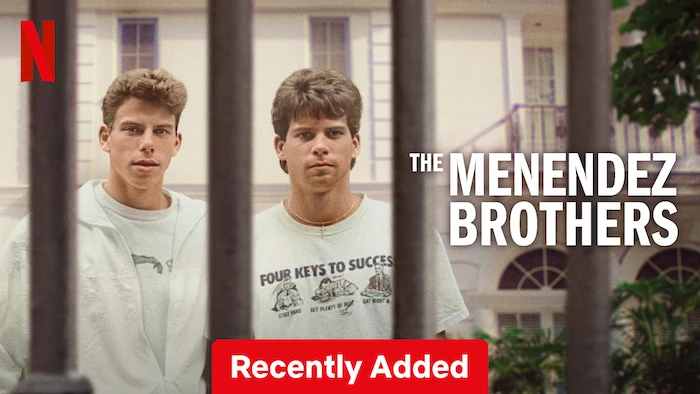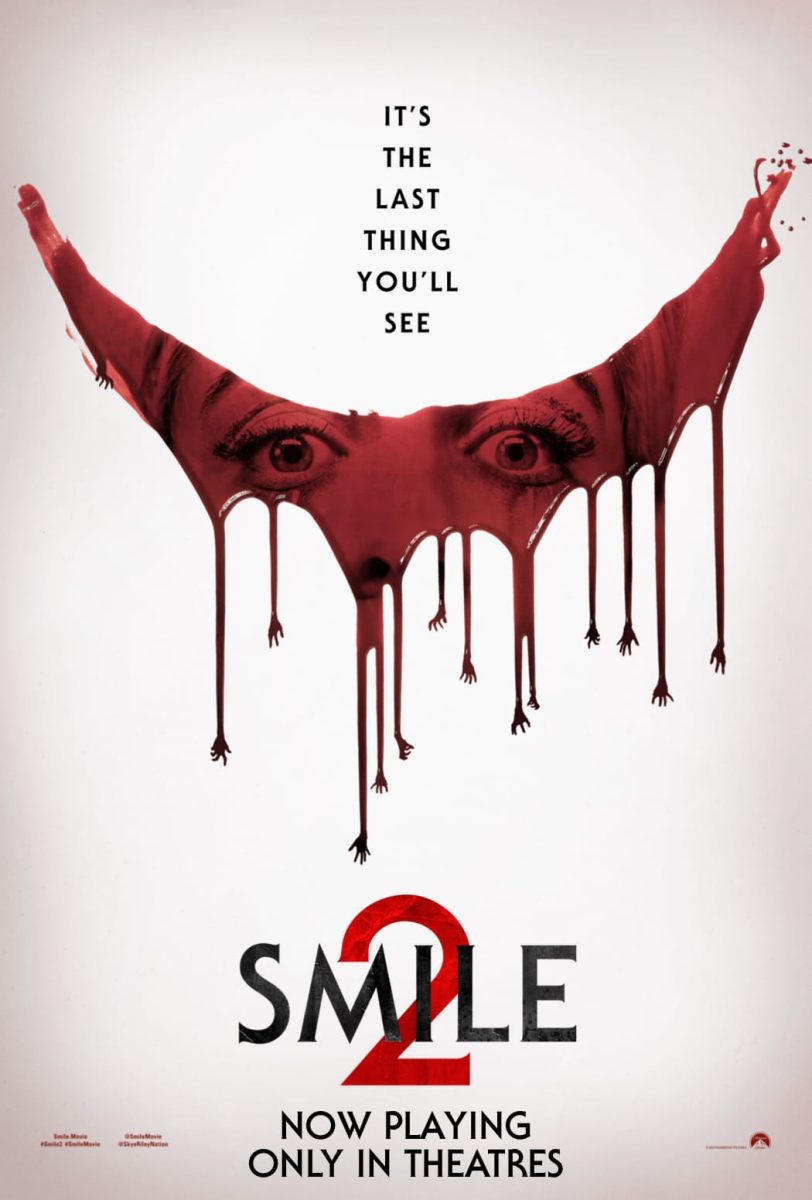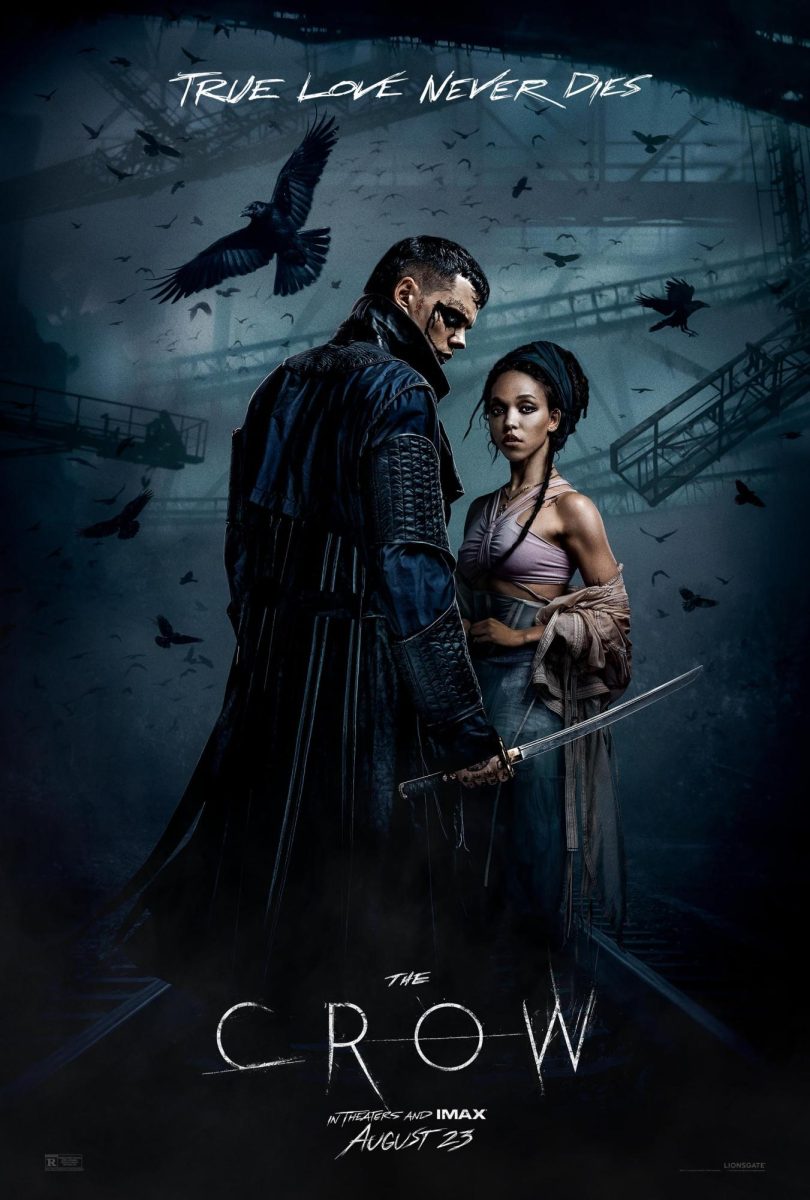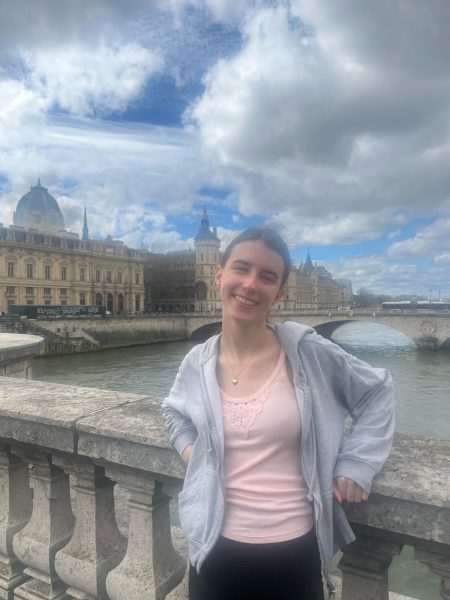A deeply lonely young woman cries out for an end to her suffering. Instead of relief, she is met with death. All of this occurs before the film’s title card, “Nosferatu,” blares across the screen. However, the film’s opening is key. This desperate plea will follow this woman for the rest of her life, haunting her every action.
Many excitedly anticipated the Christmas-time release of Robert Egger’s “Nosferatu” (2024). This film is a modern retelling of Bram Stoker’s “Dracula” and a remake of the book’s 1922 and 1970 adaptations, with both films also titled “Nosferatu,” the archaic Romanian word for “vampire.” This movie contradicts the modern film industry with an over two-hour run time that revels in a return to the gothic tradition. Rather than using jumpscares or shock value to scare audiences, “Nosferatu” creates an atmosphere of extreme unease.
“Nosferatu” stars Ellen (Lily-Rose Depp), a newlywed consumed by horrific dreams. When her husband, Thomas (Nicolas Hoult), is tasked with a business venture in Transylvania, Ellen begins to see her nightmares fully realized. Eventually, it is revealed that a promise she made with the occult when she was young has led to her prophecies being fulfilled.
The film’s costumes play a vital role in making this story compelling. Designed by Linda Muir, who has worked with Eggers on countless other historical films, these costumes emphasize both period accuracy and commitment to the gothic aesthetic. Muir ensured that the costumes, Ellen’s in particular, are period-accurate, making the film more realistic. This realism makes the horror feel even more life-like and possible.
Aside from historical accuracy, the way these costumes move tells a story in themselves. Throughout the film, Ellen wears countless different dresses, specifically nightgowns. These nightgowns are incredibly important, as she is wearing them while experiencing her dream-like visions. Muir created multiple nightgowns for many of these shots to ensure that they moved correctly, both moving with the wind but also highlighting Ellen’s writhing movements.
Another important element of this film is the soundtrack. Created by Robin Carolan, who has also worked with Eggers on previous projects, this soundtrack incorporates an entire orchestra. It was important to Carolan to have historical accuracy, so he avoided modern instrumentation. Instead of designing a typical horror soundtrack, Carolan chose to emphasize the gothic atmosphere of this story.
However, despite the film’s successes, it does fall short in some elements. One of the main issues is the casting. Originally, Anya-Taylor Joy was set to play Ellen but during the nearly seven-year-long production process, Lily-Rose Depp replaced her. Joy has worked with Eggers before, specifically on the cult classic film, “The Witch.” This film covers the self-destruction of a Puritan family, with the eldest daughter, Thomasin (Anya-Taylor Joy), eventually giving in to the literal devil. Joy’s work in this role is phenomenal, she perfectly captures both the fear and madness of Thomasin.
“Nosferatu” is a mirror of this film, telling the story of a young woman giving in to dark desires. Due to her previous success, it would only make sense for Joy to return to a similar role, but likely because of schedule conflicts, Depp replaced her. Depp lacks the proper depth to play this character, just as she lacks Joy’s acting experience. While her performance is not noticeably bad, it is disappointing to think of what this film could have been with a different lead actor.
Similarly, the film’s runtime detracts from its purpose. Ellen is the focal point of the story, and her visions are the catalysts for everything else that happens. However, in the first half of the film, Ellen is largely off-screen. Instead, the audience has to sit through Thomas’ travels through Transylvania. While interesting, this side plot slows the story down and takes away from any potential character development for Ellen.
Despite these issues, this film is worth a watch for those interested in its premise. Obviously, “Nosferatu” is not for everyone as it is slow, dark and often disgusting. Yet at its core it is a touching story about desire and loneliness set against a carefully crafted gothic backdrop. “Nosferatu” is likely setting a trend for more gothic horror adaptations as the trailer for “Frankenstein” (2025), starring Mia Goth and Jacob Elordi, was recently released. Overall, this movie is likely the first of many, and audiences should look forward to this shift in the horror genre.


